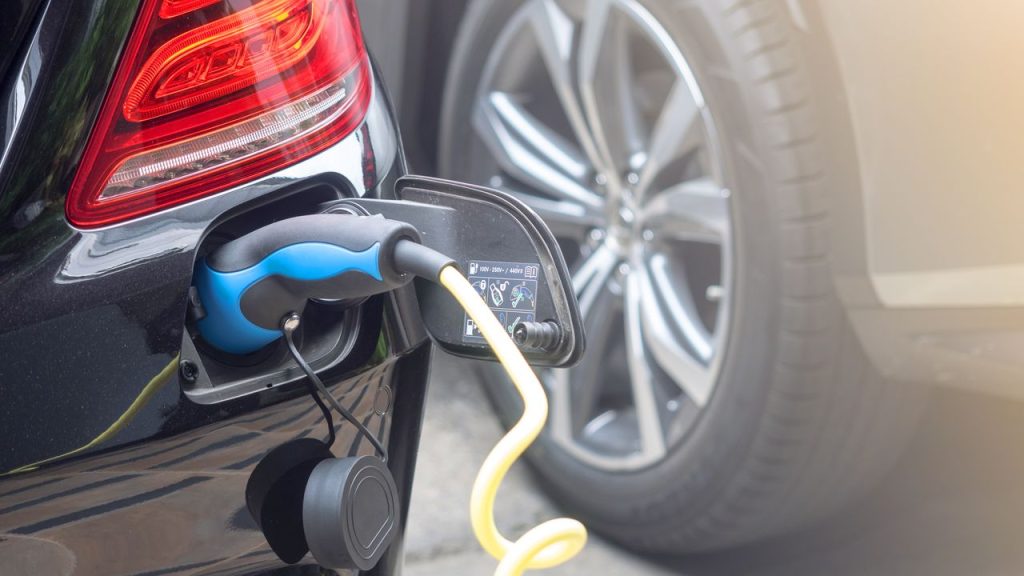Types of Electric Vehicles (EVs): Battery Electric Vehicles (BEVs) vs. Plug-in Hybrid Electric Vehicles (PHEVs)
Electric vehicles (EVs) are becoming increasingly popular as people seek more sustainable transportation options. With advancements in technology, there are now different types of EVs available in the market. Two common types are Battery Electric Vehicles (BEVs) and Plug-in Hybrid Electric Vehicles (PHEVs). In this article, we will explore the differences between these two types of electric vehicles.
Battery Electric Vehicles (BEVs)
Battery Electric Vehicles, also known as all-electric cars, are powered solely by electricity. They do not have an internal combustion engine and rely entirely on a rechargeable battery pack to drive the vehicle. BEVs are considered to be the most environmentally friendly option among EVs since they produce zero tailpipe emissions.
One of the key advantages of BEVs is their range. With advancements in battery technology, many modern BEVs can travel over 200 miles on a single charge. This makes them suitable for daily commuting as well as longer trips. However, it is important to note that the range can vary depending on factors such as driving conditions, temperature, and usage of accessories like air conditioning.
Charging a BEV is typically done by plugging the vehicle into a charging station or a regular electrical outlet. Depending on the charging speed and the capacity of the battery, it can take anywhere from a few hours to several hours to fully charge a BEV. Public charging infrastructure is continually improving, making it easier for BEV owners to find charging stations in their area.
Plug-in Hybrid Electric Vehicles (PHEVs)
Plug-in Hybrid Electric Vehicles, on the other hand, combine an electric motor with an internal combustion engine. PHEVs have a larger battery pack compared to conventional hybrid vehicles, allowing them to travel a certain distance on electric power alone. Once the battery charge is depleted, the vehicle switches to the internal combustion engine or a hybrid mode.
The advantage of PHEVs is their flexibility. They offer the option to drive on electric power for shorter trips, reducing emissions and saving fuel. For longer trips, the internal combustion engine provides the necessary range. This makes PHEVs a suitable choice for those who may have concerns about the limited range of BEVs or the availability of charging infrastructure.
Charging a PHEV is similar to charging a BEV. The battery can be charged by plugging into a charging station or a regular electrical outlet. However, since PHEVs also have an internal combustion engine, they can be refueled at gas stations like conventional vehicles.
Conclusion
Both Battery Electric Vehicles (BEVs) and Plug-in Hybrid Electric Vehicles (PHEVs) offer unique advantages and cater to different needs. BEVs are ideal for those who prioritize zero emissions and have access to charging infrastructure, while PHEVs provide the flexibility of electric driving combined with the range of a conventional vehicle. As technology continues to evolve, we can expect more options and improvements in the world of electric vehicles.


